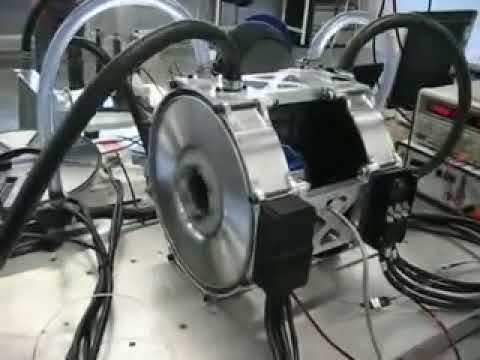Arlo1 said:
major said:
Ah, back on topic. I agree with liveforphysics and fathill's reference supports it as well.
liveforphysics said:
.... ZF is desperately searching out somewhere to be relevant. ....
I've also noticed these electric racecars using multispeed transmissions are sponsored by those makers of transmissions in a large way judging from the size of the decals on the body.
I think the formula E is limited in motor/controller selection. If they could get something with more power the tranny would be tossed. That's my guess as I'm working on motor controller stuff due to the fact there is very little out there for real power levels.
Formula E is currently a locked down spec class with no innovation permitted. If you want to participate, you can buy the single vehicle offered to use which is identical to everyone else.
You must understand, they have only motivations to keep formula E as crippled and neutered as possible.
An exciting and successful formula E would be in the interests of the fans, EV technology development, and the quality of air for all living beings, however they operate in the interests of shareholder profits of sponsors and participants ICE vehicle based interests.
major said:
Ah, back on topic. I agree with liveforphysics and fathill's reference supports it as well.
liveforphysics said:
.... ZF is desperately searching out somewhere to be relevant. ....
I've also noticed these electric racecars using multispeed transmissions are sponsored by those makers of transmissions in a large way judging from the size of the decals on the body.
The current gen Honda Accord Hybrid showed the world transmissions are an unnecessary box of grinding losses and failure modes to add to even an ICE vehicle.
The writing is already clearly on the wall that if you wish to have high efficiency and/or high performance the transmission is not involved in your drivetrain. The transmission-less systems are already dominantly superior while still at infancy design maturity. Transmissions have already had >100years of maturing, there is no rabbit left to pull out of the hat to ever make them relevant again, the entire industry is a dead man walking, sell your stock if you have any, the tree will never again bare meaningful fruit and can only rot from this point forward.
The new path has been laid, and those who don't walk it are choosing obsolescence.



